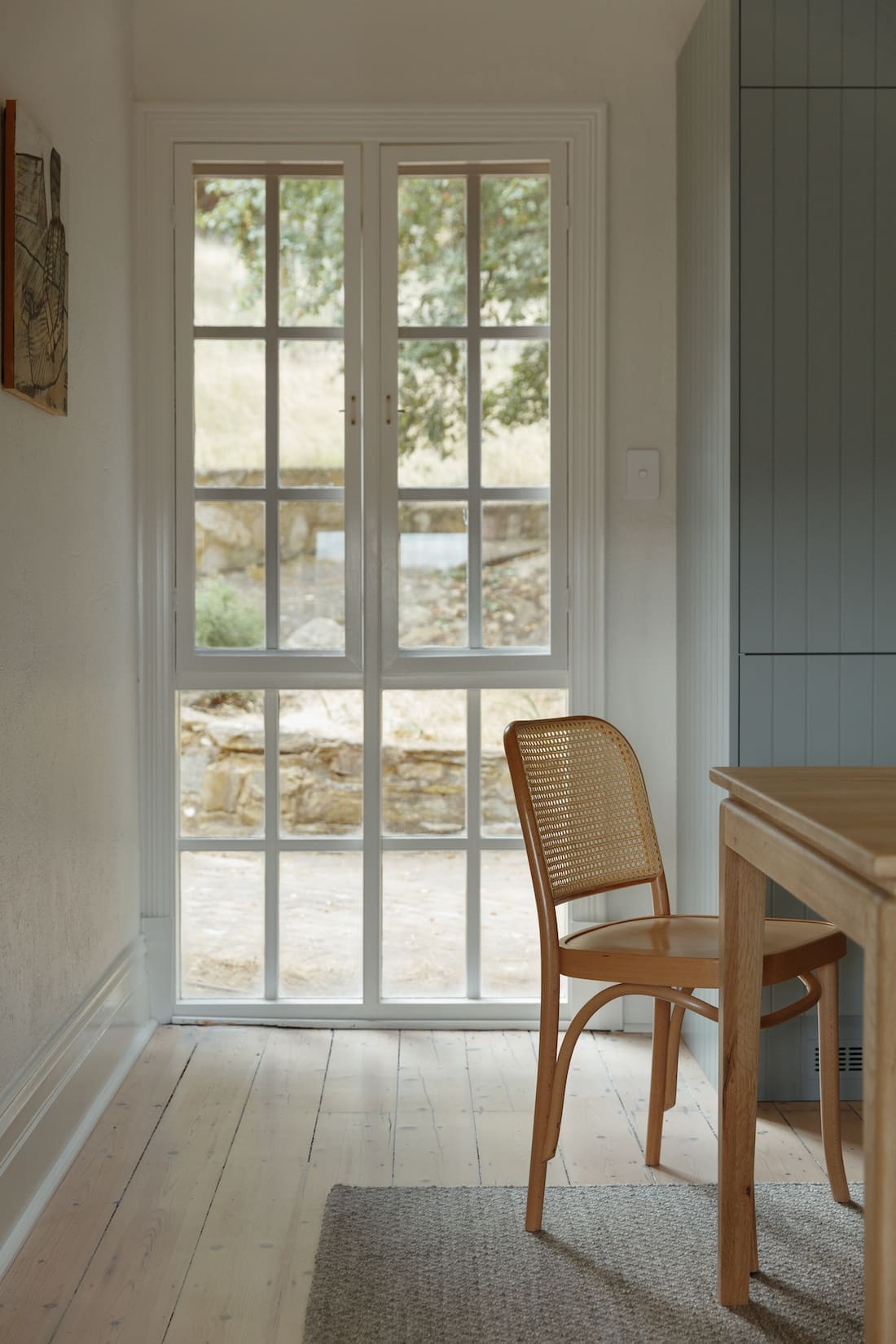If you’re tired of squeezing into tight spaces or dangling from dangerous heights to clean your windows, it’s time to look towards automation. Window cleaning can be laborious and a bit frightening depending on where your windows are located. Window cleaning robots can do the work for you in a faster and more efficient manner.
Smart home cleaning devices have come a long way, and smart window cleaning robots are prime examples of that. However, not all of these robots are the same. Some might struggle with cleaning specific windows. Here’s how these clever devices get around those restraints.
Related article: 50 quick cleaning tasks and decorating updates to get your home ready for spring!
Related article: How to clean grout — 6 of the most effective grout cleaning tricks

How window cleaning robots work
Smart window cleaning robots are automatic cleaners that use sensors to map and navigate your windows. They can be used for both home and office environments. These robot cleaners are portable and remotely controlled with the help of a companion app through your smartphone. This removes the human effort and safety risks involved with cleaning windows that are harder to reach.
They come in different shapes and sizes to adapt to different window styles. So how do they work? The operation is quite simple. Some have an internal battery while others need to be plugged in. They usually have cleaning cloths at the bottom and are equipped with infrared sensors that they use to navigate the windows.
Once turned on, the robot will start moving around your window to create a path. After the path is created, the robot will spray water or a cleaning solution and rub that with a cleaning cloth. After that’s done, the robot will automatically turn off and stay in place.
Traditional window cleaning vs window cleaning robots
The main difference between traditional window cleaning methods and robots is convenience. Traditional methods not only require buying and storing a decent amount of equipment but also take significant effort. Sure, it’s more affordable to do it yourself than to hire a professional window cleaner or buying a robot, but you end up trading your time for money.
On the other hand, automatic window cleaners offer convenience, safety, and user-friendly operation. No prior experience is required, and they can even be voice-controlled. For instance, certain window cleaning robots such as WINBOT can be effortlessly managed from any location using the ECOVACS HOME APP.

How window cleaning robots handle different window shapes
While you might think that smart window cleaners struggle with certain window styles, they’re actually quite versatile.
Here’s how they handle different window styles.
1. Square and rectangular windows
Window cleaning robotics work best with square and rectangular windows. The simple layout allows them to efficiently utilize suction power to move across the service. If you have square or rectangular windows, the robot will move in a simple pattern. They’ll use advanced navigation systems to map out the most efficient path and clean accordingly.
However, most square and rectangular windows have larger frames. But even that’s not a problem for automatic window cleaner robots. They use sensors and cameras to detect the edge of window frames and adjust the predefined cleaning pattern accordingly.
2. Circular or rounded windows
When it comes to circular or rounded windows, these robots incorporate a combination of intelligent sensors and algorithms. They use visual recognition technology to identify the window’s shape and adjust their cleaning path accordingly.
Circular window cleaning robots often feature rotating brushes or pads that can effectively clean curved surfaces, maintaining steady contact throughout the cleaning process.
3. Slanted or angled windows
For slanted or angled windows, window cleaning robots utilise specialised suction systems. They employ variable pressure adjustments to maintain a secure attachment to the glass, even on inclined surfaces.
Advanced gyroscopic sensors help the robots maintain balance and orientation while cleaning. Because of this, they follow the contours of the window seamlessly.

Other useful cleaning features to consider
When shopping for window-cleaning robots, there are some other features to consider. While all window cleaning robotics are extremely versatile, there are some features that differentiate them.
The biggest difference in most models is wired and wireless operation. Some have an internal battery while others will need to be plugged to the wall. Other things to consider include the size of the device and how much suction power it can output.
You’ll also want to consider control and compatibility. Certain window cleaners come with a smartphone companion app that you can use to set cleaning schedules and modes or monitor the progress remotely.
Do you have any questions about window cleaning robots that we didn’t cover? Pop a comment below and we’ll get back to you asap.
More cleaning tips and tricks









We have three tall arched windows about 14 feet tall. We want to use a robot window cleaner inside and outside. Which robot cleaner would you recommend?
Hi Greg
I haven’t had the opportunity to test and review a range of window cleaners so I’d be relying on online reviews. The Windbot by Ecovacs that I linked to in this article has 5/5 star reviews with lots of positive comments. Researching online, the window cleaner by Tosima looks to be coming in 2nd place.
Hope this helps!
Gina